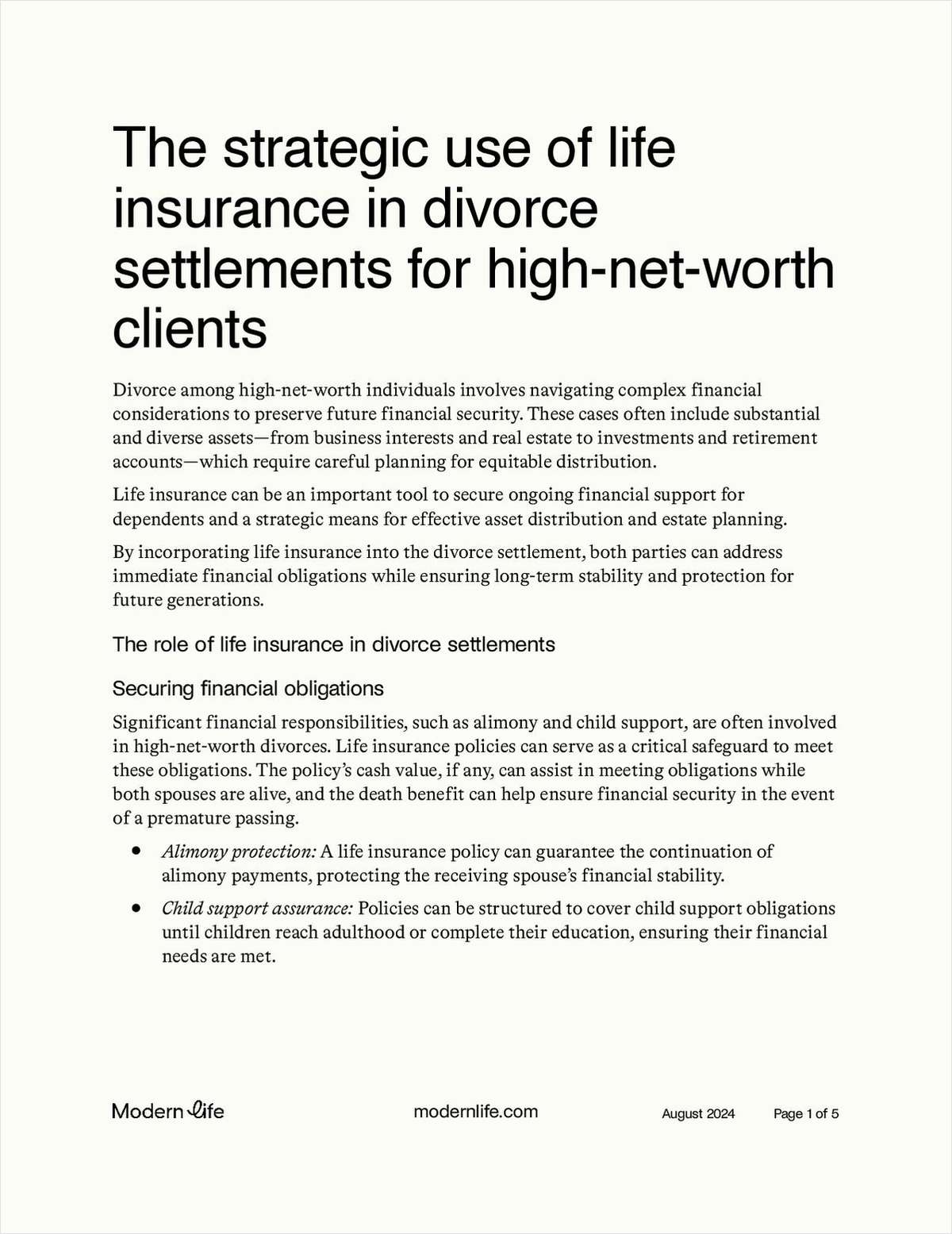Even as tactical asset allocation becomes more ubiquitous as a means for enhancing reliable long-term returns, there remains a lack of consensus among investment advisors over what it entails.
I recently sat down with Brian Singer, CFA, the CEO and Chief Investment Officer of Singer Partners, to learn the reasons for his firm's focus on tactical asset allocation as a core investment strategy.
In Part 1 of our conversation, we attempted to define tactical asset allocation and learn how advisors can implement it successfully. In Part 2 of our exchange, below, we discuss time horizons and asset classes in the context of tactical investing.
Mike Henkel: What trends or dynamics are you most focused on over the long term, with respect to wealth management and portfolio construction?
Brian Singer: Long-term global demographics are among our chief areas of interest. Roughly speaking, we can divide the global economy into two markets: the developing and the developed world.
The developing world is young and growing, with a workforce that is expanding quite significantly relative to its population. In contrast, developed countries are facing a population that is older and declining in size, absent immigration, resulting in more consumers versus savers. These demographic trends have significant implications for investors, as the center of gravity for growth and expansion shifts.
Mike Henkel: What about over the short term?



